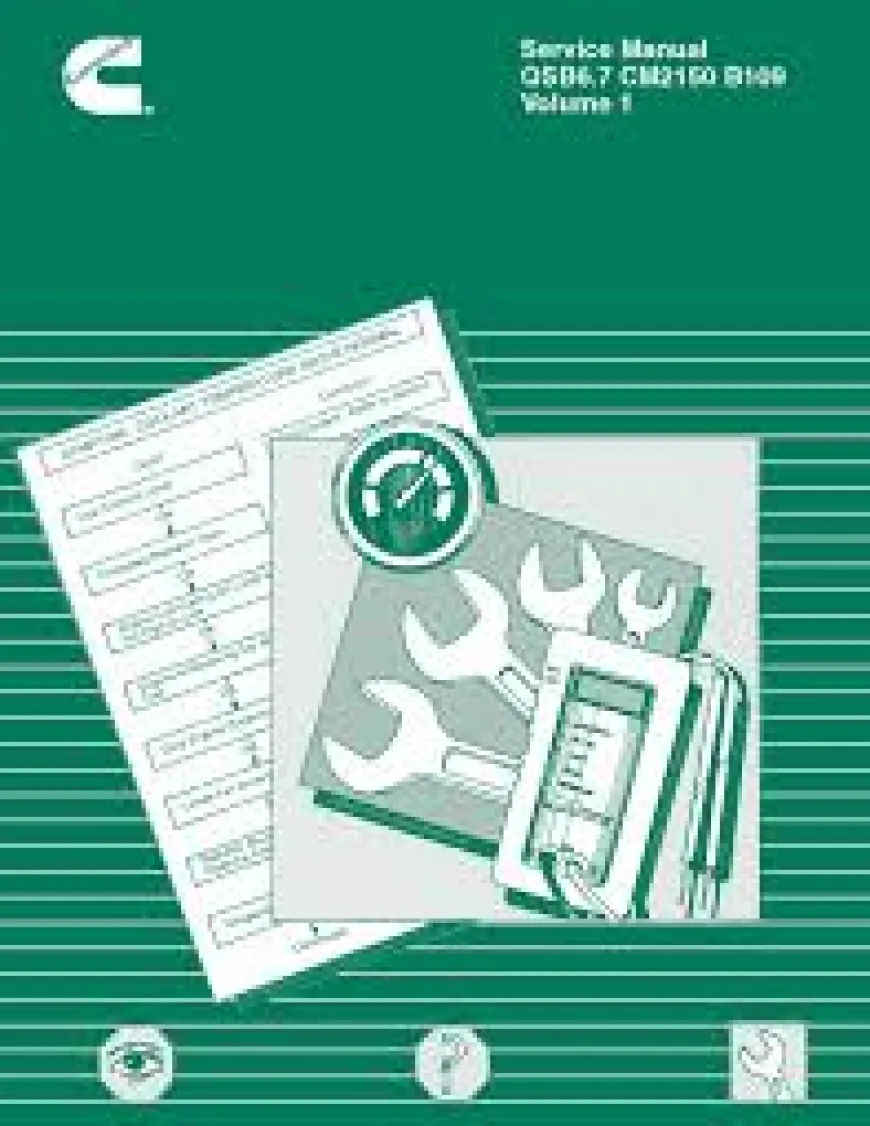Understanding Parts Catalogs: A Comprehensive Guide
Understanding Parts Catalogs: A Comprehensive Guide

Introduction
In the world of manufacturing, automotive repair, and various industries, parts catalogs play a crucial role in ensuring that the right components are sourced and utilized efficiently. A parts catalog serves as a comprehensive listing of all the parts available for a particular product, machine, or system. This article will explore the importance of parts catalogs, their structure, types, and how to effectively use them.
What is a Parts Catalog?
A parts catalog is essentially a detailed document or database that lists the parts required for a specific product, often including descriptions, part numbers, prices, and other relevant specifications. These catalogs can take many forms, including printed manuals, digital databases, or online platforms. They are essential for anyone involved in maintenance, repair, and operations, as they provide the necessary information to identify and procure parts accurately.
Importance of Parts Catalogs
-
Streamlined Maintenance and Repairs
Parts catalogs help technicians quickly find the parts they need for repairs and maintenance. By having all relevant information in one place, they can save time and reduce errors during the procurement process. -
Inventory Management
For businesses that manage large inventories, parts catalogs are vital for tracking available parts, managing stock levels, and ordering new components. This helps prevent overstocking or stockouts, leading to more efficient operations. -
Cost Efficiency
By providing clear part descriptions and prices, parts catalogs enable businesses to make informed purchasing decisions. This can lead to significant cost savings, as organizations can compare suppliers and find the best deals. -
Training and Reference
New employees or technicians can use parts catalogs as training tools. They offer a reference guide that helps familiarize them with the parts and components they will be working with, enhancing their understanding of the equipment.
Structure of a Parts Catalog
A well-structured parts catalog typically includes several key components:
-
Table of Contents
This section provides a roadmap for the catalog, allowing users to quickly navigate to different sections. -
Part Numbers
Each part is assigned a unique identification number, making it easier to reference and order. Part numbers are often systematic and include information about the type and specifications of the component. -
Descriptions
Detailed descriptions help users understand the function and application of each part. This is crucial for ensuring that the correct parts are ordered. -
Specifications
Technical specifications may include dimensions, materials, and compatibility information. This data is essential for ensuring that parts will fit and function as intended. -
Pricing Information
Most catalogs include pricing details, which help users budget for repairs and replacements. This section may also indicate any bulk purchase discounts or special offers. -
Illustrations and Diagrams
Visual aids can enhance understanding, especially for complex components. Diagrams and photos help users identify parts more easily and ensure they are selecting the correct items.
Types of Parts Catalogs
Parts catalogs can be categorized into several types based on their format and usage:
-
Printed Catalogs
These traditional catalogs are still widely used, especially in industries where digital access is limited. They often come in binders or as standalone booklets. -
Digital Catalogs
Many companies have transitioned to digital formats, which are easier to update and can be more interactive. Digital catalogs can be accessed via websites, software applications, or mobile devices. -
Online Databases
Some organizations offer comprehensive online databases where users can search for parts by various criteria, such as part number, category, or application. -
Industry-Specific Catalogs
Certain industries, such as automotive, aerospace, or manufacturing, may have specialized catalogs that cater to their unique needs and components.
How to Use a Parts Catalog Effectively
To maximize the benefits of a parts catalog, users should follow these guidelines:
-
Familiarize Yourself with the Structure
Before diving into searching for parts, take a moment to understand the catalog's layout. Knowing where to find specific sections will streamline your search process. -
Use the Search Functionality
If using a digital catalog, leverage the search feature to quickly locate the desired parts. Utilize filters to narrow down results based on specifications or categories. -
Verify Compatibility
Always check the specifications and compatibility of a part before ordering. This ensures that the component will work seamlessly with existing equipment. -
Keep Track of Part Numbers
When ordering multiple parts, maintain a list of part numbers to avoid confusion and ensure accurate ordering. -
Regularly Update Knowledge
Parts catalogs can be updated frequently to reflect new products or changes in specifications. Regularly review and familiarize yourself with these updates to stay informed.
Challenges and Considerations
While parts catalogs are invaluable, they do come with challenges:
-
Information Overload
Extensive catalogs can sometimes overwhelm users, making it difficult to find the needed parts. Simplified navigation and clear organization can mitigate this issue. -
Data Accuracy
Maintaining up-to-date and accurate information is crucial. Errors in part numbers or descriptions can lead to costly mistakes in ordering. -
Digital Accessibility
Not all users may have access to digital catalogs, particularly in remote areas. Ensuring that printed options remain available is important for inclusivity. -
Customization Needs
Some organizations may require customized catalogs tailored to their specific equipment and operational needs. Developing these tailored resources can be time-consuming but ultimately beneficial.
Conclusion
Parts catalogs are essential tools in various industries, facilitating efficient maintenance, repair, and operations. By understanding their structure, types, and effective usage, individuals and organizations can leverage these resources to enhance their workflow, reduce costs, and improve overall efficiency. Whether through printed manuals or advanced digital databases, the importance of a well-organized parts catalog cannot be overstated. As technology continues to evolve, the future of parts catalogs will likely see even greater advancements, making them more accessible and user-friendly than ever before.












